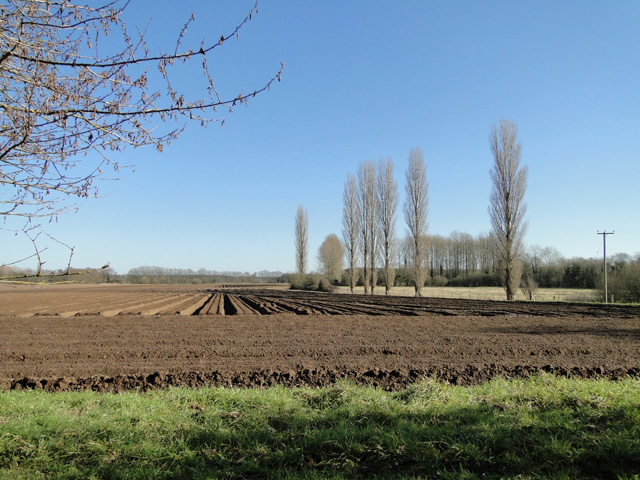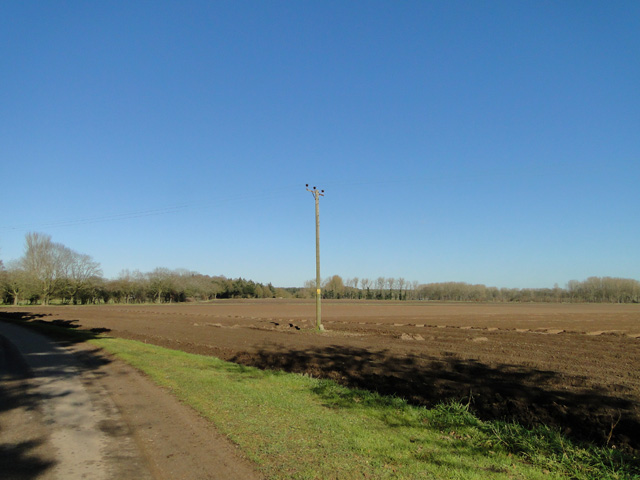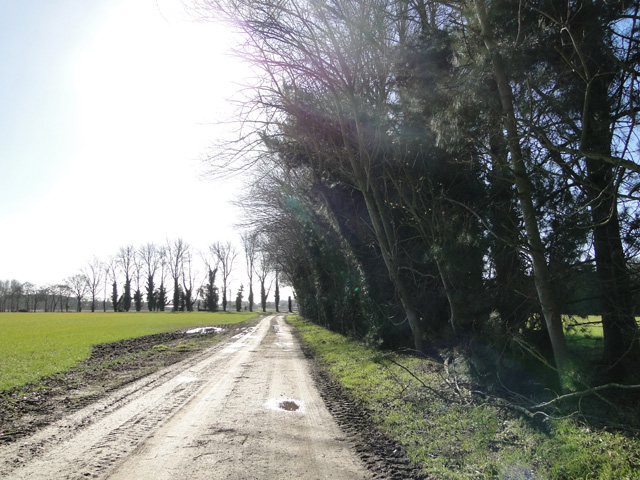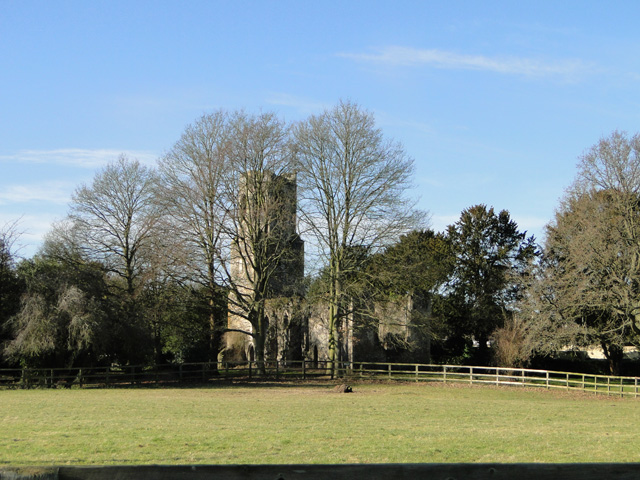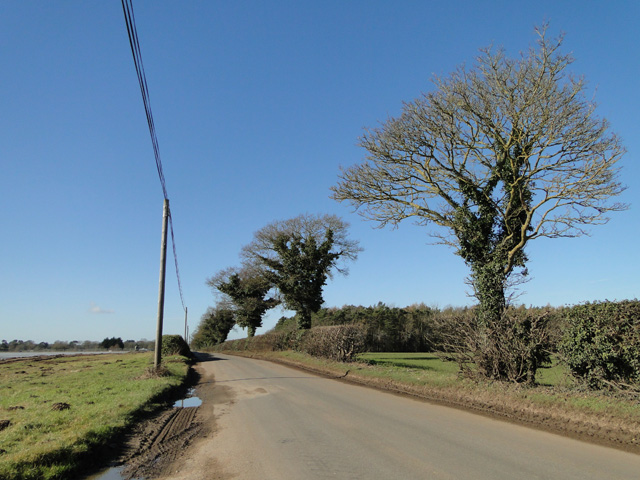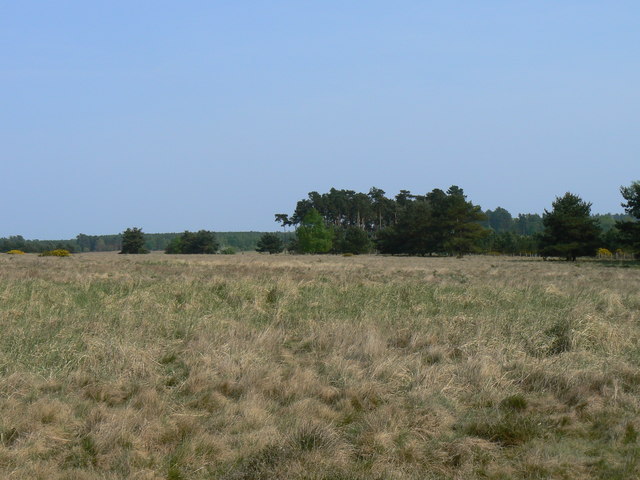Hill Mere
Lake, Pool, Pond, Freshwater Marsh in Norfolk Breckland
England
Hill Mere
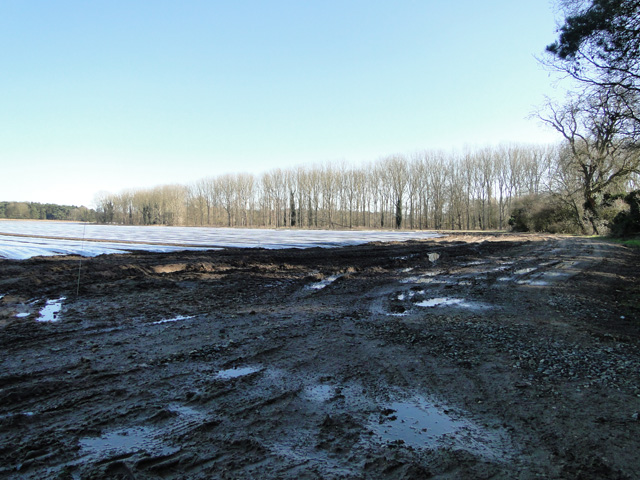
Hill Mere, located in Norfolk, England, is a picturesque freshwater marsh that offers a stunning natural beauty to visitors. Nestled in the heart of the Norfolk Broads, Hill Mere is a true hidden gem, attracting nature enthusiasts and wildlife lovers alike.
Covering an area of approximately 30 acres, Hill Mere is characterized by its tranquil waters, lush vegetation, and diverse ecosystem. The mere itself is a shallow lake, with an average depth of around 2 meters, and is surrounded by marshy areas and reed beds. These reed beds are not only aesthetically pleasing but also provide important habitat for numerous bird species, including reed warblers, bitterns, and marsh harriers.
The diverse plant life found in Hill Mere includes various species of reeds, sedges, and water lilies, creating a vibrant tapestry of colors throughout the year. In the summer months, the water lilies bloom, adding a splash of vibrant pinks and whites to the landscape.
Visitors to Hill Mere can enjoy a multitude of activities. The calm waters make it an ideal spot for boating, kayaking, and canoeing. The surrounding footpaths and trails provide opportunities for leisurely walks, allowing visitors to soak in the tranquility of the area and spot the abundant wildlife.
Hill Mere is a haven for birdwatchers, with its rich avian population. The reed beds provide nesting sites for numerous bird species, making it an excellent location for bird enthusiasts to observe and photograph a wide range of feathered creatures.
In conclusion, Hill Mere in Norfolk is a stunning freshwater marsh that offers a peaceful escape into nature. With its diverse flora and fauna, it is a paradise for wildlife lovers and a true delight for anyone seeking a serene and picturesque setting.
If you have any feedback on the listing, please let us know in the comments section below.
Hill Mere Images
Images are sourced within 2km of 52.491436/0.80059437 or Grid Reference TL9091. Thanks to Geograph Open Source API. All images are credited.

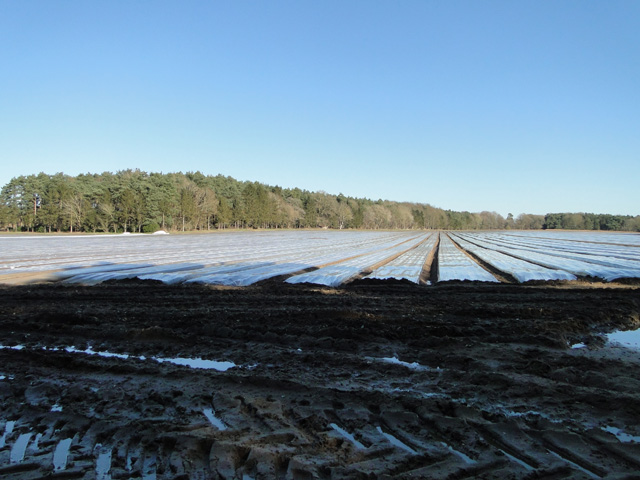
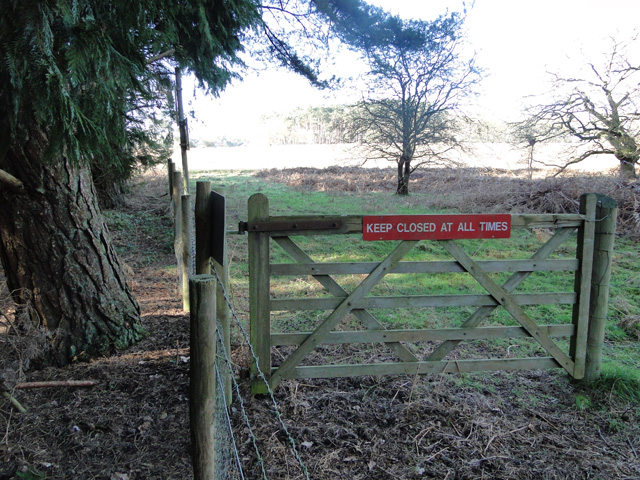
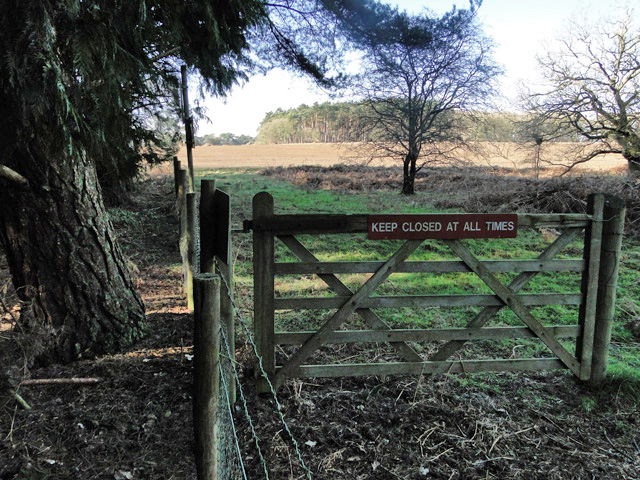
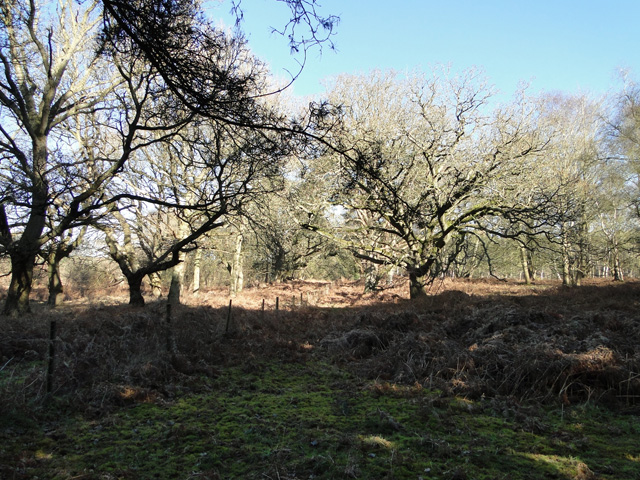
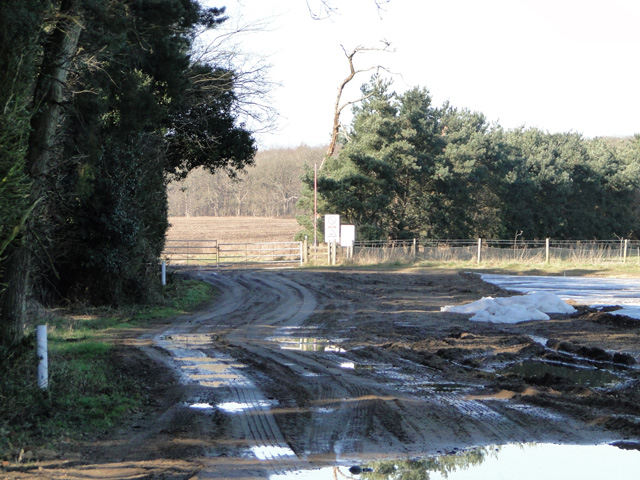


Hill Mere is located at Grid Ref: TL9091 (Lat: 52.491436, Lng: 0.80059437)
Administrative County: Norfolk
District: Breckland
Police Authority: Norfolk
What 3 Words
///emailed.narrates.optimally. Near Watton, Norfolk
Nearby Locations
Related Wikis
Wretham Park Meres
Wretham Park Meres is a 30-hectare (74-acre) biological Site of Special Scientific Interest north of Thetford in Norfolk.This site consists of four natural...
Wretham
Wretham is a civil parish in the Breckland district of Norfolk, England. The parish includes the village of East Wretham, which is about 6 miles (10 km...
Battle of Ringmere
The Battle of Ringmere was fought on 5 May 1010. Norse sagas recorded a battle at Hringmaraheiðr; Old English Hringmere-hǣð, modern name Ringmere Heath...
Breckland
Breckland in Norfolk and Suffolk is a 39,433 hectare Special Protection Area (SPA) under the European Union Directive on the Conservation of Wild Birds...
Sturston, Norfolk
Sturston is a deserted village and civil parish in the English county of Norfolk. It is situated some 7+1⁄2 miles (12 km) north of the town of Thetford...
East Wretham Windmill
East Wretham Mill is a tower mill at East Wretham, Norfolk, England which has been converted to residential accommodation. == History == East Wretham...
Wretham and Hockham railway station
Wretham and Hockham railway station was a station in Norfolk serving the villages of Wretham and Hockham. It was on the Great Eastern Railway branch line...
Stonebridge, Norfolk
Stonebridge is a village in the English county of Norfolk. It is situated on the A1075 road, some 6 miles (9.7 km) north east of the town of Thetford and...
Nearby Amenities
Located within 500m of 52.491436,0.80059437Have you been to Hill Mere?
Leave your review of Hill Mere below (or comments, questions and feedback).
